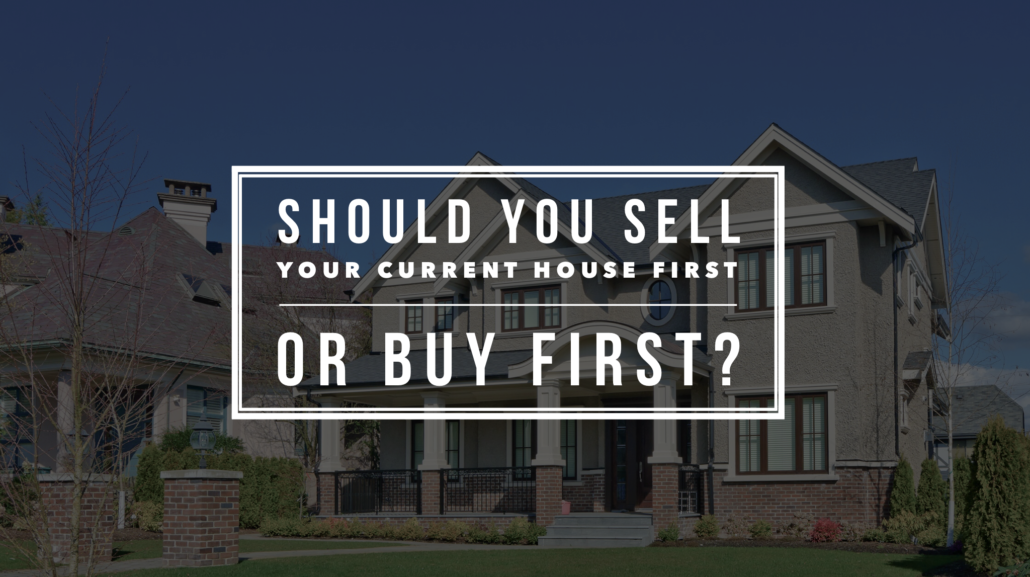
So, you’re thinking about moving. Maybe it’s time for more space, a different neighbourhood, or you’re ready for that dream home you’ve been eyeing online. But if you already own a home, you’re probably wondering:
Should I sell my current home before buying the next one — or buy first and then sell?
Great question — and the answer depends on your situation, comfort level, and a little bit of strategy.
Option 1: Sell First, Then Buy
Selling your current home first means you'll know exactly how much money you have to work with. No guessing, no estimating. Once your sale goes unconditional, you can confidently go shopping for your next home with a clear budget and timeline.
Why this works:
- You can negotiate a long closing (3–4 months is often doable) to give you time to house hunt.
- You’re in a strong position to make firm offers — a big win in a competitive market.
- It keeps your finances clean and simple, with no overlap between mortgages.
The risk? You might not find your dream home before your current one closes. In that case, you may need to arrange temporary housing — with family, short-term rentals, or a transitional property. If that feels too disruptive, this strategy might not be the best fit.
Option 2: Buy First, Then Sell
This can happen when the perfect home comes along unexpectedly — maybe it’s on your favourite street, has that chef’s kitchen you’ve always wanted, or just feels right.
If you wait to sell, you could miss out. So, you buy first — but keep in mind, this strategy isn’t without its risks.
Why it works:
- You won’t miss out on a once-in-a-lifetime property.
- You can take your time prepping and staging your current home for a strong sale.
- The risk? If your current home doesn’t sell quickly, you may end up owning two homes — and two mortgages. This can create financial strain, especially if you’re relying on your sale proceeds for your next down payment.
Before going this route, ask yourself:
- Can I carry two homes for a few months?
- Am I comfortable with the uncertainty of not knowing what my home will sell for?
- Would I consider renting one home short-term to ease the pressure?
Bridge financing may be an option — but make sure you chat with your mortgage advisor first.
Option 3: Make a Conditional Offer (Subject to Sale)
This is the “in-between” option — where you make an offer on a new home, but include a condition that it’s only valid if you sell your current property within a certain timeframe.
Sounds safe, right? It can be — but there are a few caveats.
Why it works:
- You can move forward on a purchase without taking on too much risk.
- It gives you time to sell while holding your spot on a new home.
The downside?
- Sellers often see conditional offers as weaker — especially in a competitive market.
- They may continue to show the home and accept another (firmer) offer.
- If they do, you’ll need to either remove your condition (possibly before you’re ready) or walk away.
Also, to get your conditional offer accepted, you might have to sweeten the deal by offering more than you'd like. And even then, someone else could swoop in with a firm offer and bump you out of the running.
So… What’s the Best Option?
There’s no one-size-fits-all answer. It all comes down to:- Your finances
- Your risk tolerance
- The state of the local market
If you have any questions or would like to discuss further please reach out!